Thousands of patients from Scotland and abroad are treated at the Belford Hospital in Fort William every year.
But staff are faced with the challenges of providing modern healthcare services in an ageing building.
Opened in 1965, the current 32-bed hospital was built in front of a hill in the town centre with very little space to expand.
Now the hospital is on the brink of an exciting chapter with plans for a new in-patient facility to be built on a nearby site.
In our final part of our series we speak to the staff involved in the planning process who reveal how the hospital will benefit patients of the future when it is built.
It’s an exciting time for staff working at the busy Belford Hospital.
NHS Highland reached a major milestone when its proposals for a replacement hospital were agreed by the Scottish Government this year.
It paved the way for design teams to start drawing up plans for the new facility.
New hospital in Fort William: How are the staff involved?
Behind the scenes, frontline staff have been heavily involved in the early planning stages of the project through attending workshops.
Sharing their knowledge on the current difficulties they face will help the new building meet the demands of future healthcare.
“You’ve got community, care, acute, nurses and doctors spending the whole day challenging each other, and suggesting ideas, and they’ve been really powerful,” explains Mike Hayward, NHS Highland’s deputy chief officer for acute services.
It’s clear from staff that the current design of departments along with a lack of space in the building are two of the main challenges they face.
Clinical nurse manager Aileen Maclean works in the busy Accident and Emergency Department.
“It is a small department and we need the new hospital because of that,” she explains.
“The rooms are smaller than they should be – we need more. We’re not hiding that fact. It’s just a fact that we’ve outgrown it.”
She also highlights that there’s a need for a quiet space for patients seeking mental health care.
“If you’ve got a mental health patient who requires assessment the busy ED department isn’t the best place,” she says.
“It’s noisy; there’s others things happening.
“Often other hospitals have a separate facility that’s quieter so assessments can be done there where everything is de-escalated and it’s calm.”
NHS managers say that it’s “vital” staff on the ground are involved in the planning stages of the new hospital in Fort William to make it a more patient friendly environment.
It’s hoped bigger rooms will be built for patients with en-suite facilities.
Staff also hope a helipad can be built on the site along with accommodation for visiting consultants to stay in when they travel to work in Fort William.
Health services are being redesigned
Deputy clinical director Rob Cargill said the past two years have highlighted the need for a new building.
He said: “We’ve had real challenges around Covid with infection prevention and space and size of places; outpatient suites, theatres that aren’t as modern as they should be.
“What we do currently in this space we do well but it’s not a great space.”
The new hospital comes as part of NHS Highland’s plans to modernise healthcare with a redesign of services in Lochaber.
The plans are still to be confirmed but managers reveal they hope to treat more patients at home in the future.
A recent report highlights there’s likely to be a large increase in the number of people over the age of 75 living in the Lochaber region by 2037.
Mike Hayward, NHS Highland’s deputy chief officer of acute services, says the health board hopes to launch the Hospital at Home initiative to help reduce hospital admissions.
Patients with a wide range of conditions, such as pneumonia, COPD and people recovering from falls, could then be treated by expert clinicians in their own homes.
‘It will be an amazing new hospital’
The Belford may be facing recruitment challenges but Mike insists the new hospital in Fort William will still be a consultant-led service.
“We’re working together with all our teams and we’re working on a new clinical model,” he says.
“The clinical model will be a blend – you will never have a rural general hospital that does not have consultants right at the front of it.
“It will be a blend of consultants, multi-disciplinary professionals and rural general practitioners who have a GP background.”
He added: “What we will have three miles across the way on a lovely new site is a state-of-the-art, amazing hospital that there isn’t a blueprint for.
“What we need to do is design the clinical model first and then we think about what the building is going to look like.
“If you’ve seen the hospital in Aviemore and Skye and Orkney that’s what the people here are going to get. An amazing hospital fit for purpose designed by clinicians.”
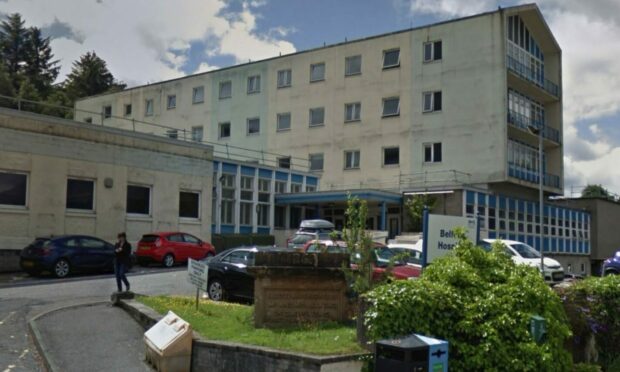
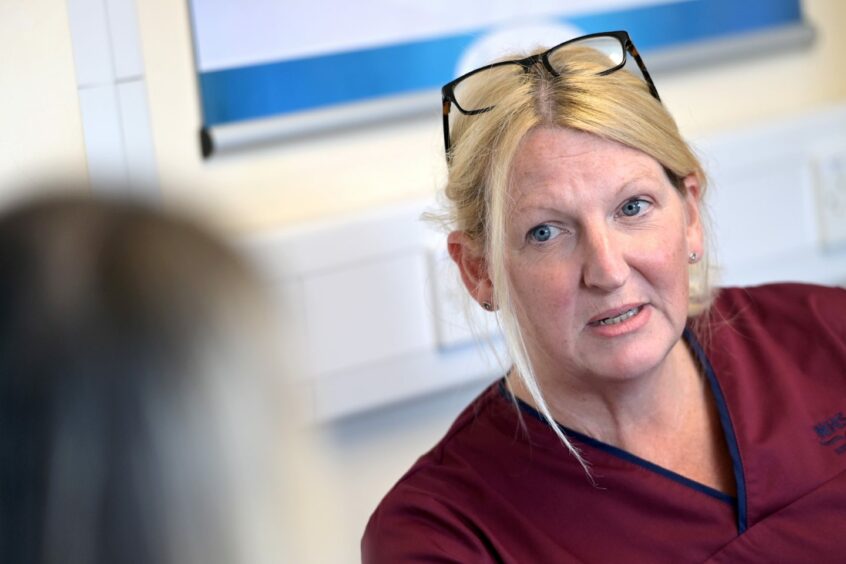
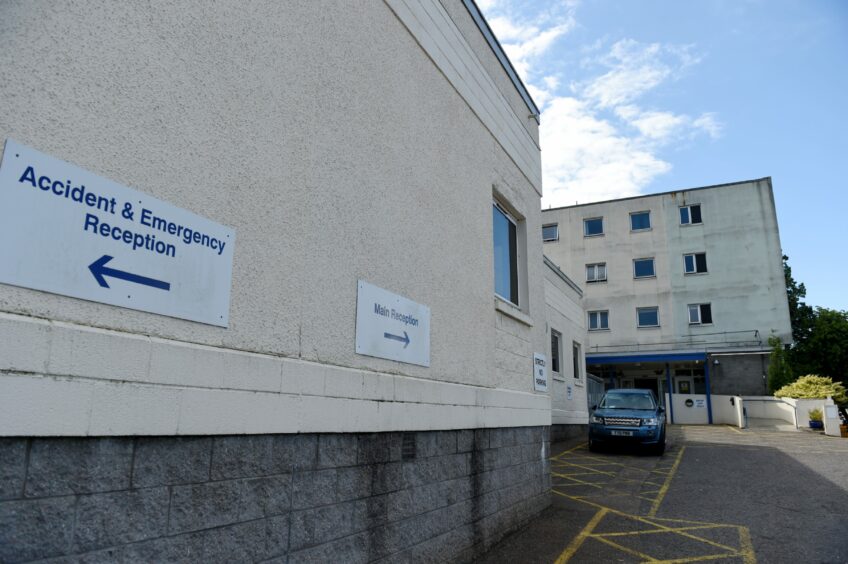
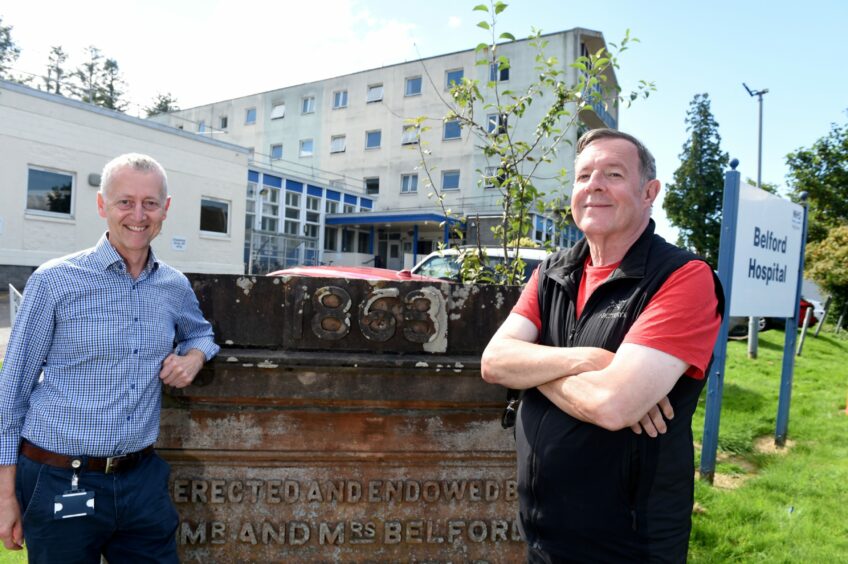

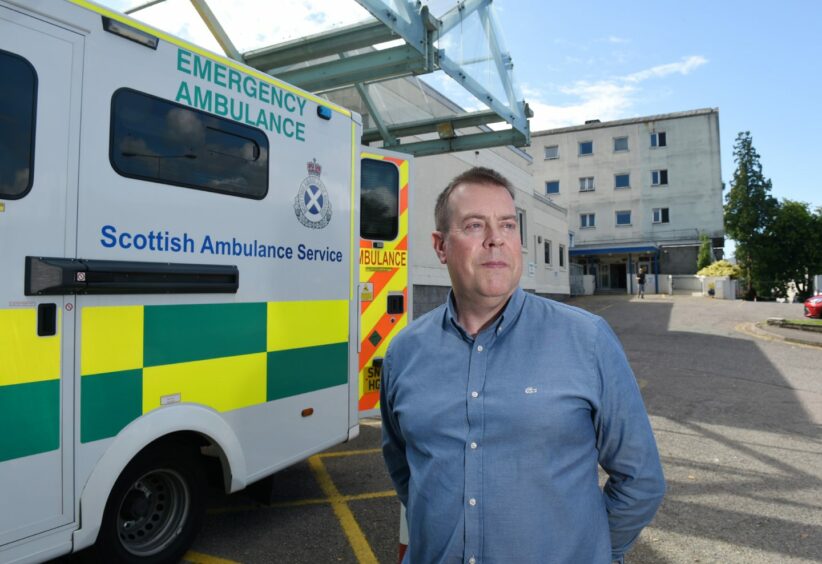
Conversation